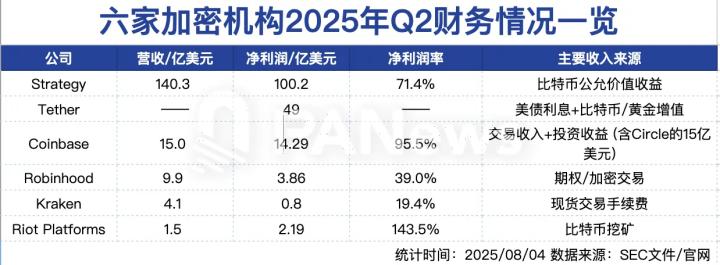Written by: Steven Ehrlich
Translated by: Saoirse, Foresight News
Michael Saylor, Chairman of MicroStrategy (MSTR), won widespread praise from the investment community on Friday as the company achieved historical highs in revenue, net profit, and earnings per share in the last quarter.
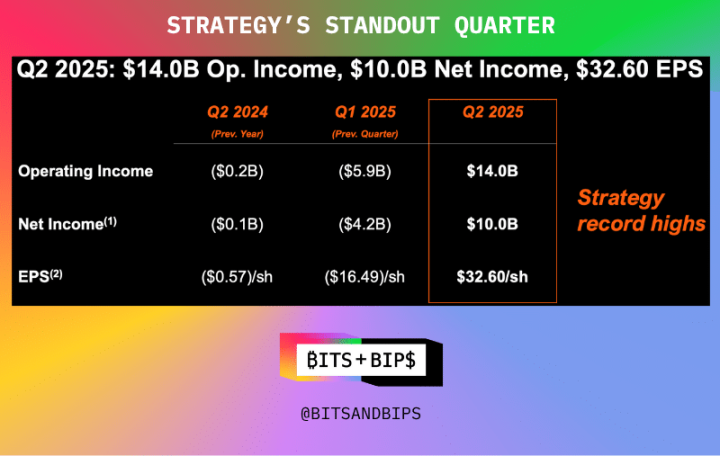
In fact, the company's stock price has risen 166% over the past year, which is twice the increase of BTC during the same period.
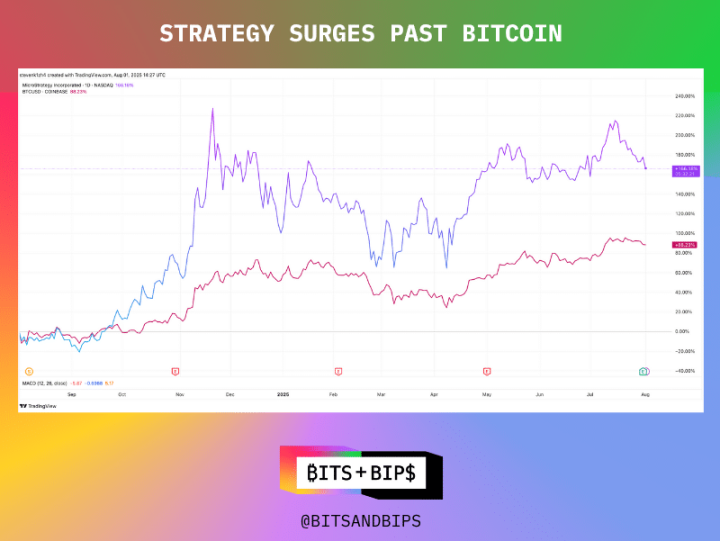
(Trading view)
By any standard, this performance is outstanding. This is especially remarkable against the backdrop of numerous imitators emerging and potentially diverting investor funds.
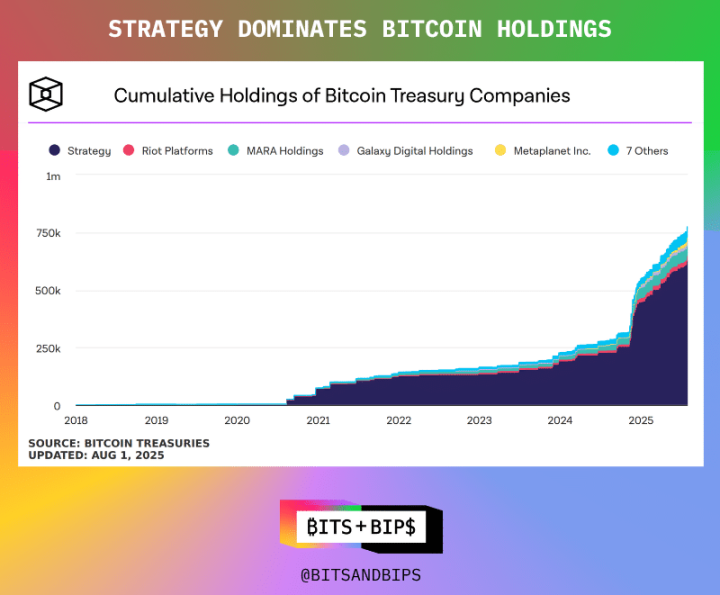
However, this does not mean MicroStrategy can rest on its laurels. As a leader in cryptocurrency fund management, it possesses certain privileges and now seems poised to fully leverage this advantage.
Continuing to Increase Bitcoin Reserves with a New Strategy
As of the time of writing, MicroStrategy holds 628,791 bitcoins, valued at $71.9 billion. The company has accumulated this asset portfolio through various methods: issuing common stock, various types of preferred stocks (which can provide dividends or conversion rights in the coming years), and convertible bonds. The specific details of the preferred stocks are shown in the image below.
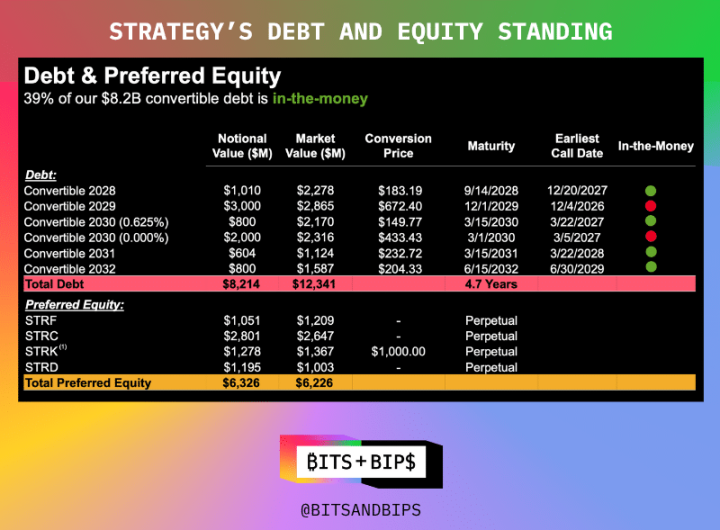
Now, the company plans to make a significant adjustment to its financing method - specifically, to completely eliminate debt. Although its balance sheet is currently in good condition (with an enterprise value of $126 billion and debt of only $8.2 billion), the company still wants to reduce its debt to zero. During the investor conference call after the July 31 financial report, the company announced plans to redeem its issued convertible bonds and focus on multiple issuances of preferred stocks.
This means its $6.3 billion preferred stock issuance could significantly expand. In fact, during the investor meeting, the company announced plans to refinance $4.2 billion through its latest preferred stock product Stretch (STRC), targeting a monthly yield of 10%.
"This decision reflects MicroStrategy's healthy development in capital market financing. The convertible bond market is filled with hedge funds and arbitrageurs who establish long positions in MicroStrategy by purchasing convertible bonds while simultaneously shorting the stock (about 25%) to reduce net risk exposure. In other words, for each bond they buy, they sell a large number of stocks, which means they are only mildly bullish on MicroStrategy," said Lance Vitanza, Managing Director at TD Cowen, in an interview with Unchained (full discussion can be viewed on X platform or YouTube). "A few years ago, convertible bonds were the company's best financing channel. But as MicroStrategy has developed, they can now enter the preferred stock market, which has better terms, greater value potential, and higher pricing efficiency."
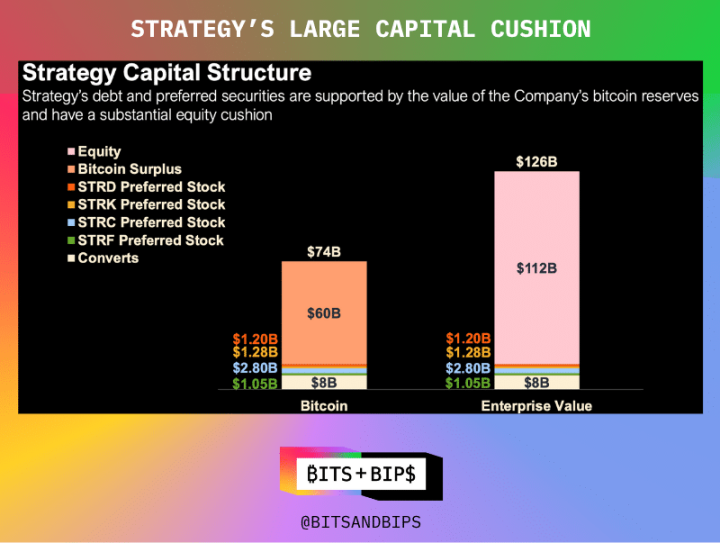
This move once again confirms why Saylor is seen as a "demigod" in the Bitcoin community - he is not only revered for hoarding Bitcoin but also respected for his responsible approach. With few exceptions, he almost never uses leveraged financing, instead primarily relying on equity markets.
Despite his stable capital structure that can avoid forced liquidation (unless Bitcoin's price drops more than 80%), Saylor continues to push the limits.
Always Imitated, Never Surpassed
But don't expect the many followers in the Bitcoin, ETH, SOL, BNB and other domains to imitate this approach. These institutions are just getting started and, as I have pointed out in other related reports, they are eager to quickly expand their scale through competition.
This means they will use all tools in the capital markets: including private investments in public equity (PIPEs), credit lines, and of course, debt.
As I wrote in a previous report: "Each method has its pros and cons. Private placements can raise large amounts of funds in a short time, helping to launch reserve strategies, but may create significant selling pressure. Issuers can also choose to register stocks with the SEC before issuing, but the financing cycle is longer. Now more companies are adopting a hybrid model: one-third of funds from private placements, with the rest raised through convertible bonds or credit instruments. While this approach can delay selling pressure, it increases the leverage on the balance sheet and could become problematic if prices plummet."
This means debt is useful during financing: stock dilution may not become apparent for years, and in the current bubble market, coupon rates are almost zero. For example, Bitcoin fund management company Twenty One raised $485 million through convertible bonds in May to launch its strategy; Anthony Pompliano raised $235 million through convertible bonds for his Bitcoin fund management company ProCap Financial in June.
This is essentially a "buy now, pay later" model.
A Unique Existence
For investors, this means they need to remember: in today's crowded cryptocurrency fund management field, MicroStrategy remains a unicorn. Currently, it is the only company that can enter the preferred stock market. Its first preferred stock issuance was in January this year, and future issuance sizes will expand significantly.
For other companies, entering the preferred stock market and eliminating debt remains just a vision. "Most of these companies will start from the convertible bond market, hoping that some will grow and eventually qualify to enter the preferred stock market," Vitanza said.





